
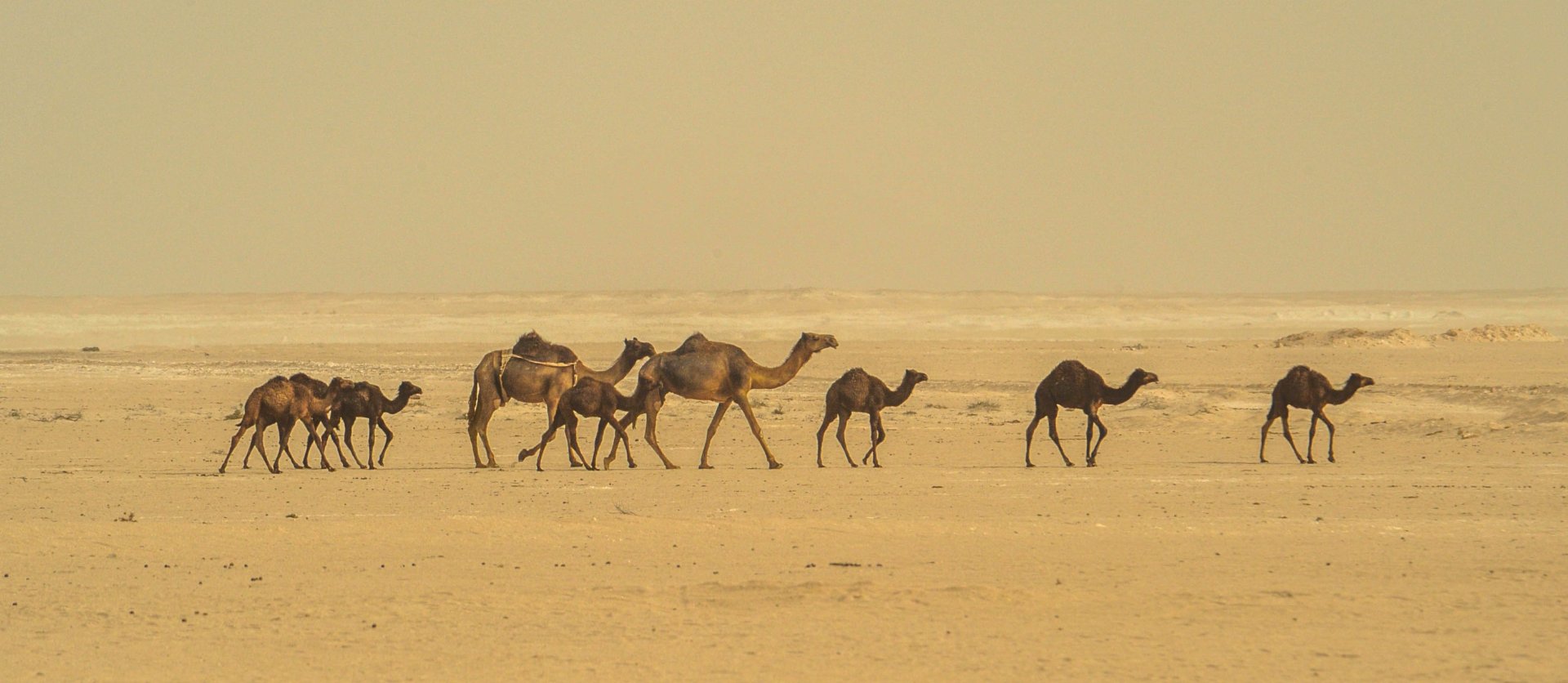

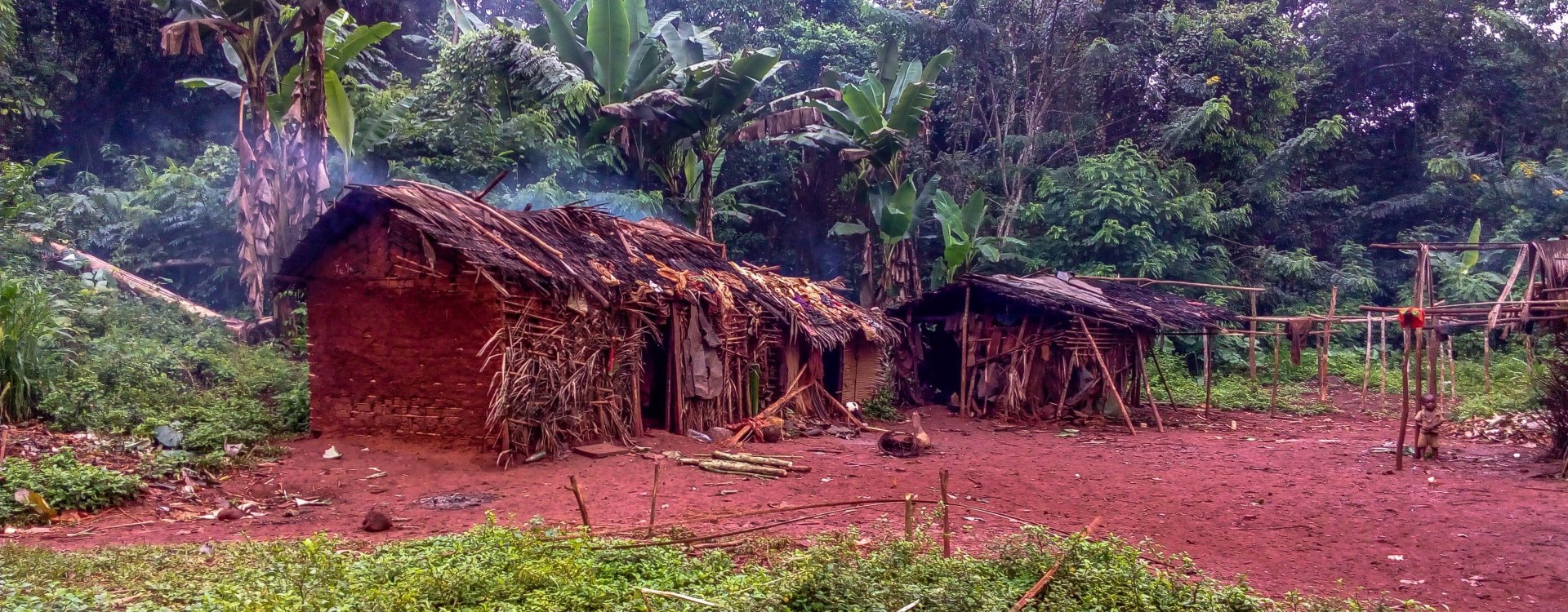

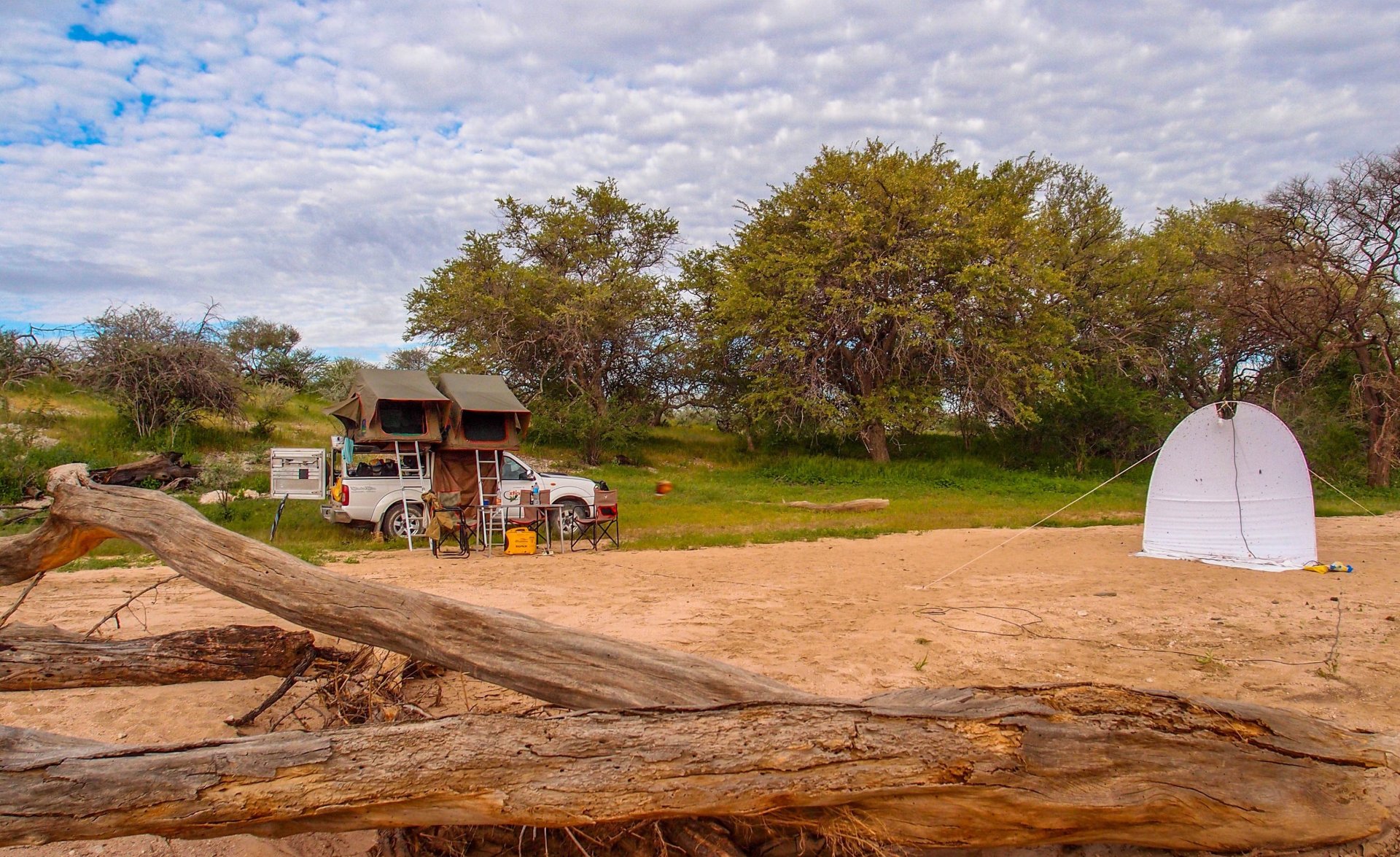
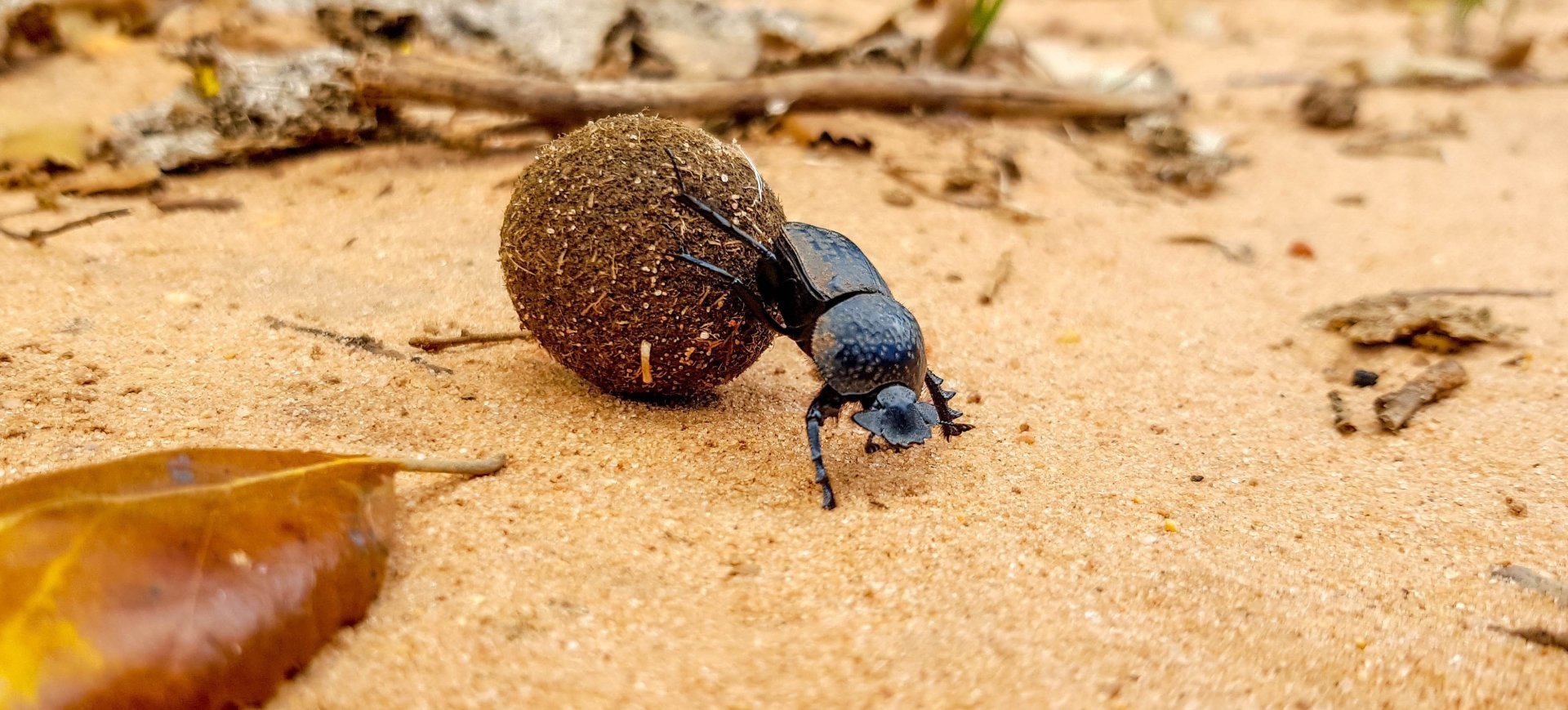

" Meloe complex baudii / glazunovi "
![]() Information: Meloe baudii, described by Leoni in 1907 from Italy (all are labeled “Cerchio” (a village at the base of Mt. Sirente, the type locality, in the Abruzzo Apennines). A rather uncommon species, with apparently localized distribution, but found throughout Italy, including the islands; it is not known from Corsica, while in Sardinia it seems to be limited to the Sassari area.
Information: Meloe baudii, described by Leoni in 1907 from Italy (all are labeled “Cerchio” (a village at the base of Mt. Sirente, the type locality, in the Abruzzo Apennines). A rather uncommon species, with apparently localized distribution, but found throughout Italy, including the islands; it is not known from Corsica, while in Sardinia it seems to be limited to the Sassari area.
The affinities of the species are uncertain. It differs from all other species by the strong punctation and pubescence, black color due to the antennae thickened in the middle, by the pronotum with high and flat sides, the flat elytra and their sculpture, and by the sub-lustrous black color. It differs from scabriusculus Brandt & Erichson, 1832, by having longer antennae with antennomeres VII–XI more elongated, coarser and stronger body punctation, pronotum with more acute and not rounded anterior angles, flatter elytra with lower and more superficial roughness and without bluish reflections.
The taxonomy of this species deserves further study to clarify a possible conspecificity with M. glazunovi Pliginskij, 1910, which is distributed from the Balkans to Central Asia.
Bologna (1988, 1991) reported generic records from Croatia (1 ex. housed at the Trieste Museum) and Slovenia (Bologna 2020b); both records are plausible because close to Italian localities of Venezia Giulia, but possibly they were confused with M. b. glazunovi, distributed also in E Austria, Czech Rep., and Balkans, and almost unknown at the time of previous studies.
Body length: 7 - 18 mm
Peak activity: February - July, September - November
Italy: February - July, September - November
Czechia, Slovakia: March - June
![]() Remarks: Ecological information regarding this species is scarce and fragmented. It occurs from sea level up to 1500 meters above sea level.
Remarks: Ecological information regarding this species is scarce and fragmented. It occurs from sea level up to 1500 meters above sea level.
![]() Distribution: Austria, Afghanistan, Armenia, Croatia, Czech Republic, Georgia, Greece, IItaly, ran, Kazakhstan, Kyrgyzstan, Romania, Russia, Slovakia, Slovenia, Tajikistan, Turkey, Turkmenistan, Ukraine
Distribution: Austria, Afghanistan, Armenia, Croatia, Czech Republic, Georgia, Greece, IItaly, ran, Kazakhstan, Kyrgyzstan, Romania, Russia, Slovakia, Slovenia, Tajikistan, Turkey, Turkmenistan, Ukraine
Zoogeographic region: Palearctic
![]() Taxonomic classification:
Taxonomic classification:
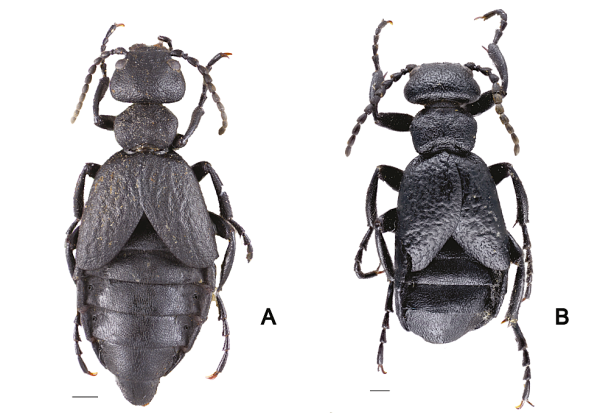
Male habitus, dorsal view, of (A) M. b. baudii, (B) M. b. glazunovi,
Taxonomy and Relationships of Meloe (Eurymeloe) baudii and Allied Species
Prior to its formal description, Meloe baudii was often misidentified as M. rugosus, M. glazunovi,
or M. scabriusculus, which does not occur in Italy (see Bologna 1988, 1991).
Bologna, 2024: M. baudii and M. glazunovi should be considered the same species, despite some morphological differences.

![]() Subspecies: 2
Subspecies: 2
![]() Information:
Information:
Body length: 7 - 18 mm
Peak activity: February - July, September - November
![]() Distribution: Italy, Croatia, Slovenia
Distribution: Italy, Croatia, Slovenia
[= Meloe glazunovi Pliginsky, 1910]
[= Meloe (Eurymeloe) glazunovi, Bologna, 1988: 243, Bologna & Di Giulio, 2013]
[= Eurymeloe (Bolognaia) glazunovi, Sánchez-Vialas et al. 2022]
[= Meloe r ufotarsalis Pliginskij, 1911]
![]() Information: This subspecies was originally described (as a species) from Crimea, Transcaucasia, Transcaspia, Eastern Kazakhstan (Semirechye), and Iran (as var. rufotarsalis) by Pliginsky (1910). The specimens we examined from Georgia, Kazakhstan, and Iran correspond to the type localities. Its distribution ranges from extreme eastern Austria (Neusiedl) and southern Czech Republic (where it co-occurs with M. scabriusculus), through Greece and Romania (likely present throughout much of the Balkan Peninsula), Crimea, southern Russia, Turkey, Georgia, Armenia, northern Iran, across all of Central Asia, and extends eastward to Afghanistan and Kazakhstan (Bologna 2020b).
Information: This subspecies was originally described (as a species) from Crimea, Transcaucasia, Transcaspia, Eastern Kazakhstan (Semirechye), and Iran (as var. rufotarsalis) by Pliginsky (1910). The specimens we examined from Georgia, Kazakhstan, and Iran correspond to the type localities. Its distribution ranges from extreme eastern Austria (Neusiedl) and southern Czech Republic (where it co-occurs with M. scabriusculus), through Greece and Romania (likely present throughout much of the Balkan Peninsula), Crimea, southern Russia, Turkey, Georgia, Armenia, northern Iran, across all of Central Asia, and extends eastward to Afghanistan and Kazakhstan (Bologna 2020b).
Body length:
Peak activity: October–November, April–June
![]() Distribution: Austria, Afghanistan, Armenia, Czech Republic, Georgia, Greece, Iran, Kazakhstan, Kyrgyzstan, Romania, Russia, Slovakia, Tajikistan, Turkey, Turkmenistan, Ukraine
Distribution: Austria, Afghanistan, Armenia, Czech Republic, Georgia, Greece, Iran, Kazakhstan, Kyrgyzstan, Romania, Russia, Slovakia, Tajikistan, Turkey, Turkmenistan, Ukraine
![]() Remarks: Adults are active both in autumn (October–November) and spring (April–June). In Eastern Europe and Georgia, the species occurs at low elevations (130–700 m a.s.l.), but in northern Turkey and Kazakhstan it can be found at elevations exceeding 1800 m a.s.l.
Remarks: Adults are active both in autumn (October–November) and spring (April–June). In Eastern Europe and Georgia, the species occurs at low elevations (130–700 m a.s.l.), but in northern Turkey and Kazakhstan it can be found at elevations exceeding 1800 m a.s.l.
The species occurs in several locations in southern Moravia (Czech Republic) and in southern Slovakia, where it prefers steppe edges, field margins, and the sides of country roads.
![]() Material examined (& observation):
Material examined (& observation):
Italy ![]()
Sicily
Caltanissetta Province
Riserva Naturale Orientata Sughereta di Niscemi
7km SE of Niscemi
(GPS) ![]()
Altitude 300 m a.s.l. | 14.11.-5.12.2020
![]() Our observation period: November ~ December
Our observation period: November ~ December![]() Sampling Methods: in grassy vegetation
Sampling Methods: in grassy vegetation ![]()
![]()
 Czechia
Czechia A contribution to the knowledge of the Meloidae fauna of Turkey along with new records, Özbek 1998.pdf
A contribution to the knowledge of the Meloidae fauna of Turkey along with new records, Özbek 1998.pdf Description of the first instar larvae of three sp of Meloe with a key to the triungulins,Sharf 2004.pdf
Description of the first instar larvae of three sp of Meloe with a key to the triungulins,Sharf 2004.pdf The Meloidae of Libya: an annotated catalogue and description of three new species, Bologna 2009.pdf
The Meloidae of Libya: an annotated catalogue and description of three new species, Bologna 2009.pdf